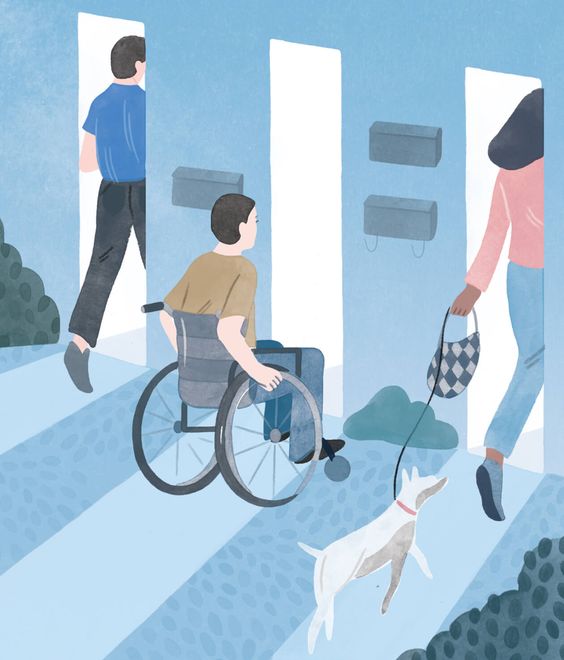
In our fast-paced digital world, the content we create carries immense potential to educate, inspire, and connect. However, to unlock this potential, our content must be both readable and accessible to everyone, including those with disabilities. This blog delves into the nuances of readability and accessibility, offering insights and strategies to ensure your content reaches and resonates with the widest audience possible.
Readability is all about the clarity and ease with which your audience can understand your content. It's influenced by your choice of words, sentence structure, and the overall flow of your text. Meanwhile, accessibility extends this clarity to include everyone, regardless of their physical or cognitive abilities. It involves designing your content so that everyone, including those who use assistive technologies, can access and benefit from it.
Ensuring your content is both readable and accessible isn't just a matter of inclusivity; it's a critical aspect of reaching a wider audience. Accessible content can be easily consumed by people with visual impairments, hearing loss, cognitive disabilities, and more. By prioritizing these aspects, you're not only adhering to best practices but also enhancing the user experience for all.
Here are several actionable tips to improve the readability and accessibility of your content:
Utilize Clear Headings: Organize your content with descriptive headings and subheadings. This not only helps readers navigate your content but also aids those using screen readers.
Simplify Your Language: Opt for straightforward language that's accessible to people with varying literacy levels or those whose first language isn't English.
Incorporate Lists and Bullet Points: These structures break down information into digestible chunks, making it easier to understand at a glance.
Emphasize Key Points Boldly: Use bold text to highlight important information, as it stands out more effectively than italics or underlining, especially for those with visual impairments.
Ensure Hyperlinks Are Descriptive: Make sure the text of your links clearly describes where they lead. This is crucial for screen reader users who navigate through links.
Adapt Your Content for All Devices: Your content should be easily navigable and legible across all devices, from desktops to mobile phones.
To ensure your content meets readability and accessibility standards, here are some testing methods you can employ:
Automated Testing Tools: These tools scan your content for common accessibility issues but may not catch everything.
Manual Testing: A thorough manual review can identify nuances that automated tools miss.
Hybrid Testing: Combining automated and manual testing offers a comprehensive approach to identifying and addressing issues.
Accessibility Evaluation Tools: Programs like the WCAG-EM Report Tool assist in generating evaluation reports, guiding you through the process of aligning your content with accessibility standards.
Common readability and accessibility challenges include poor color contrast, reliance on color for information, lack of alternative text for images, and inaccessible online forms. Addressing these issues not only improves usability for individuals with disabilities but also enhances the overall user experience.
By focusing on readability and accessibility, you can ensure your content is inclusive and engaging for all audiences. It's a commitment to breaking down barriers and creating a digital space that welcomes everyone. Let's strive to make our content not just seen, but also understood and appreciated by all.
Have a project in mind?
